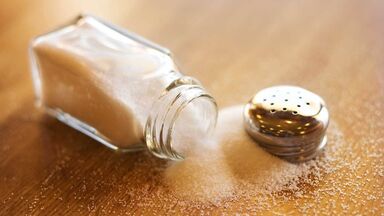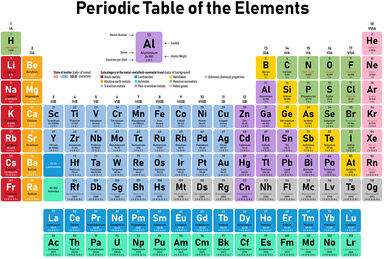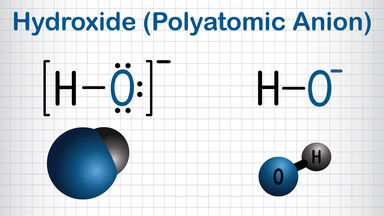Rubidium, caesium, thallium, indium and gallium were first discovered by means of this instrument; the study of the rare earths is greatly facilitated, and the composition of the heavenly bodies alone determinable by it.
They are silicates, usually orthosilicates, of aluminium together with alkalis (potassium, sodium, lithium, rarely rubidium and caesium), basic hydrogen, and, in some species magnesium, ferrous and ferric iron, rarely chromium, manganese and barium.
The species lepidolite is largely used for the manufacture of lithium and rubidium salts.
It combines with alkaline chlorides - potassium, rubidium and caesium - to form crystalline plumbichlorides; it also forms a crystalline compound with quinoline.
The solubility of the various alums in water varies greatly, sodium alum being readily soluble in water, whilst caesium and rubidium alums are only sparingly soluble.



